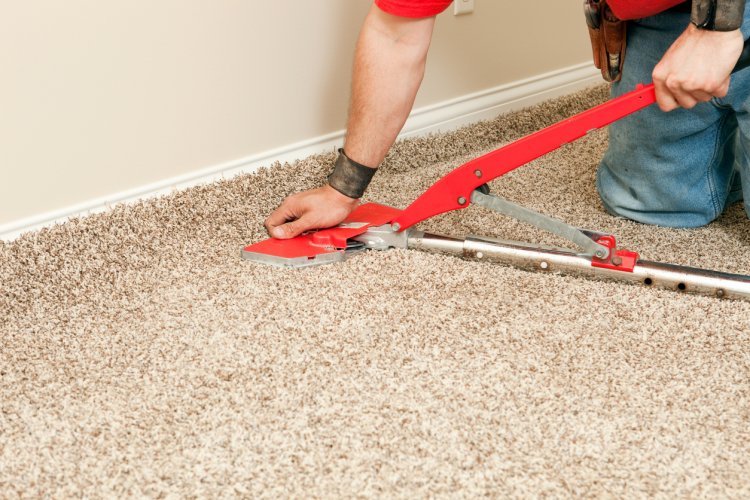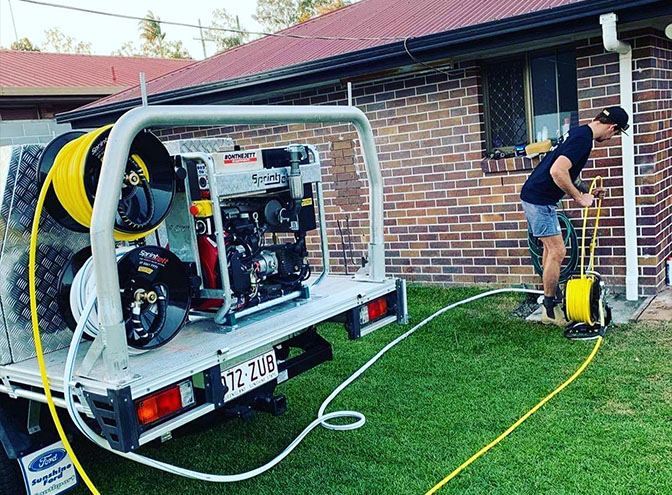The Best Methods for Carpet Repairs: A Comprehensive Guide
Carpets, once installed, are expected to last for years, adding warmth, comfort, and aesthetic appeal to your home. However, over time, they can experience wear and tear, leading to unsightly damage. This damage can range from small stains and burns to more serious issues like tears and rips. Fortunately, many carpet repairs can be done without replacing the entire carpet.

This comprehensive guide will delve into various carpet repair methods, providing you with the knowledge to assess the damage and choose the most appropriate solution. Whether it's a minor stain or a major tear, there's a repair method to restore your carpet to its former glory.
Understanding Common Carpet Damage
Before we dive into repair techniques, let's explore some of the most common types of carpet damage:
- Stains: These can be caused by spills, pet accidents, or other substances.
- Burns: Cigarette butts, hot irons, or other heat sources can leave burn marks on carpets.
- Tears and Rips: These can occur due to heavy furniture, sharp objects, or excessive wear and tear.
- Fading: Exposure to sunlight can cause carpets to fade over time.
- Pet Damage: Pets can cause damage to carpets through scratching, chewing, or accidents.
Carpet Repair Methods
Now that we understand the common types of carpet damage, let's explore some effective repair methods:
1. Stain Removal:
- Blot, don't rub: Always blot stains to avoid spreading them.
- Use a suitable cleaning solution: Choose a cleaning solution based on the type of stain. For example, a vinegar and water solution works well for most stains, while a commercial carpet cleaner can be used for tougher stains.
- Professional cleaning for stubborn stains: If the stain persists, consider professional carpet cleaning.
2. Burn Repair:
- Trimming the burn: For small burns, carefully trim away the burned fibers.
- Patching: For larger burns, a patch may be necessary. Cut out the damaged section and replace it with a matching piece of carpet.
- Professional repair: For severe burns, it's best to consult a professional carpet repair service.
3. Tear and Rip Repair:
- Sewing: For small tears or rips, you can attempt to sew the edges together using a needle and thread.
- Patching: For larger tears or rips, patching is often the best solution. Cut out the damaged section and replace it with a matching piece of carpet.
- Professional repair: For extensive damage, professional repair is recommended.
4. Fading Repair:
- Professional cleaning: While fading cannot be completely reversed, professional cleaning can help to improve the appearance of faded carpets.
- Carpet dyeing: In some cases, carpet dyeing can be used to restore color to faded carpets.
5. Pet Damage Repair:
- Stain removal: Follow the stain removal guidelines for pet accidents.
- Odor removal: Use a specialized odor remover to eliminate unpleasant odors caused by pet accidents.
- Professional cleaning or repair: For severe pet damage, professional cleaning or repair may be necessary.
DIY Carpet Repair Tips
If you're considering tackling a minor carpet repair yourself, here are a few tips to keep in mind:
- Gather the necessary tools and materials: This may include a carpet cutter, adhesive, a patching kit, or a sewing kit.
- Choose the right repair method: Select a repair method that is appropriate for the type of damage.
- Be patient and careful: Carpet repair can be time-consuming, so be patient and take your time.
- Consider professional help: If you're unsure about your ability to repair the damage yourself, it's best to consult a professional.
When to Call a Professional
While many Carpet Repairs can be done at home, there are times when it's best to leave the job to a professional. Here are some signs that you should call a professional carpet repair service:
- Extensive damage: If the damage is extensive or involves multiple areas of your carpet, professional repair may be the best option.
- Complex repairs: Some repairs, such as seam repairs or stretching, require specialized skills and equipment.
- Time constraints: If you don't have the time or patience to tackle the repair yourself, a professional can complete it quickly and efficiently.
Conclusion
Carpet repair can be a cost-effective way to restore your carpets to their former glory. By understanding the different types of carpet damage and the available repair methods, you can make informed decisions about how to address any issues that arise. Whether you choose to tackle a minor repair yourself or enlist the help of a professional, taking action to repair your carpet can help to maintain its beauty and longevity.
What's Your Reaction?














